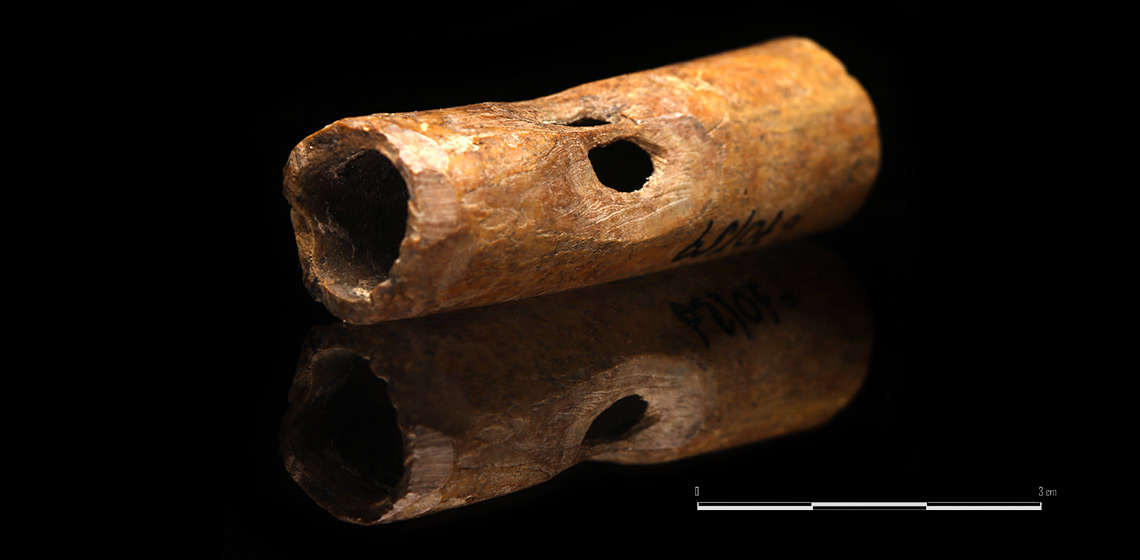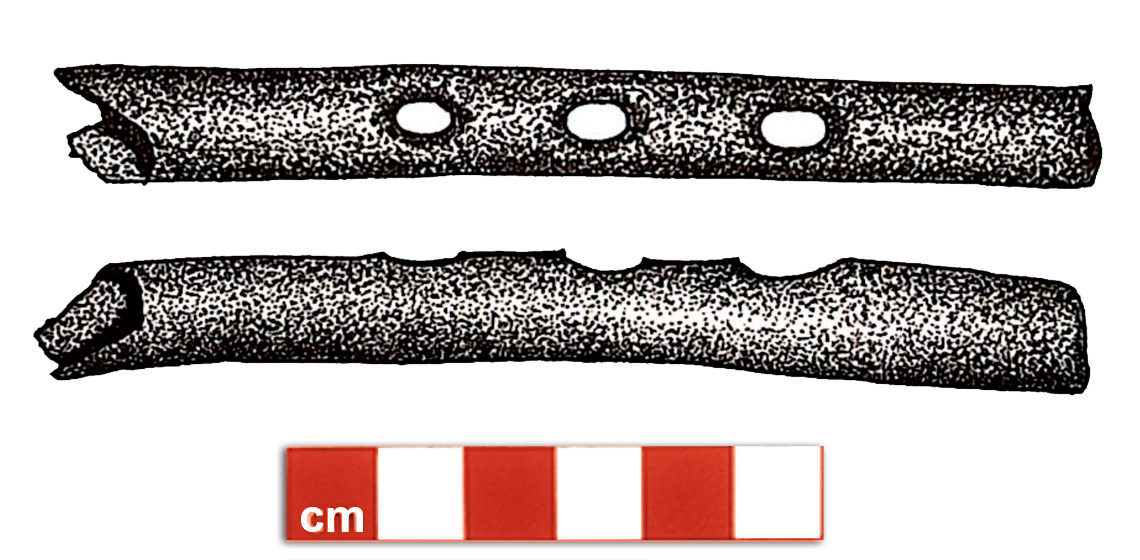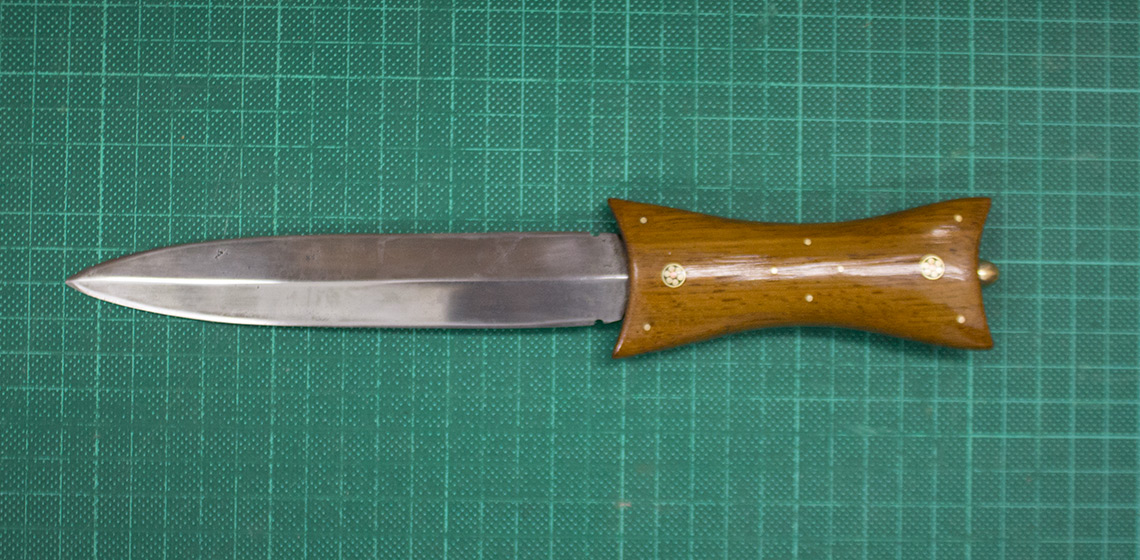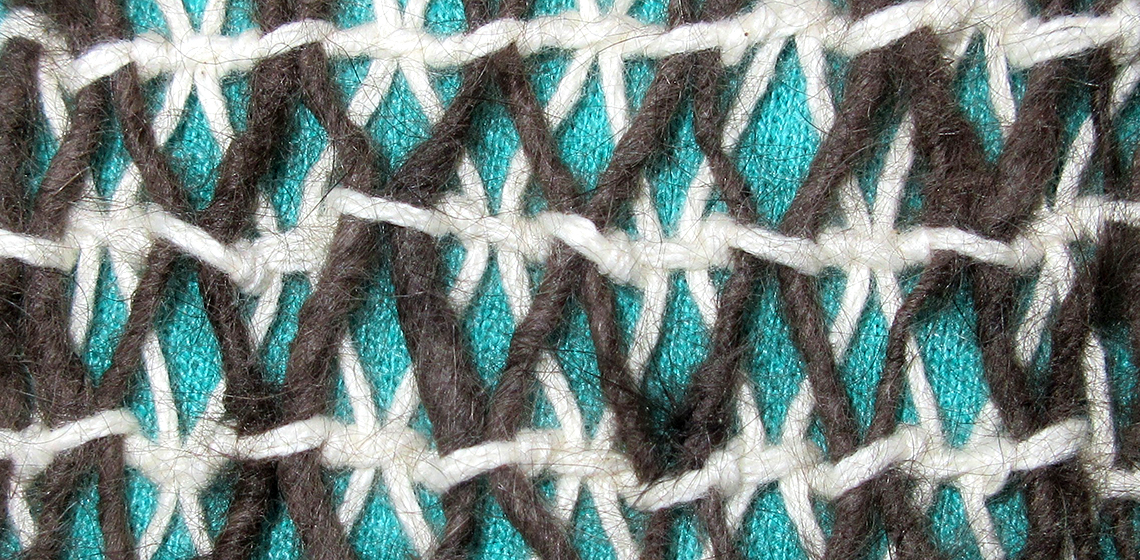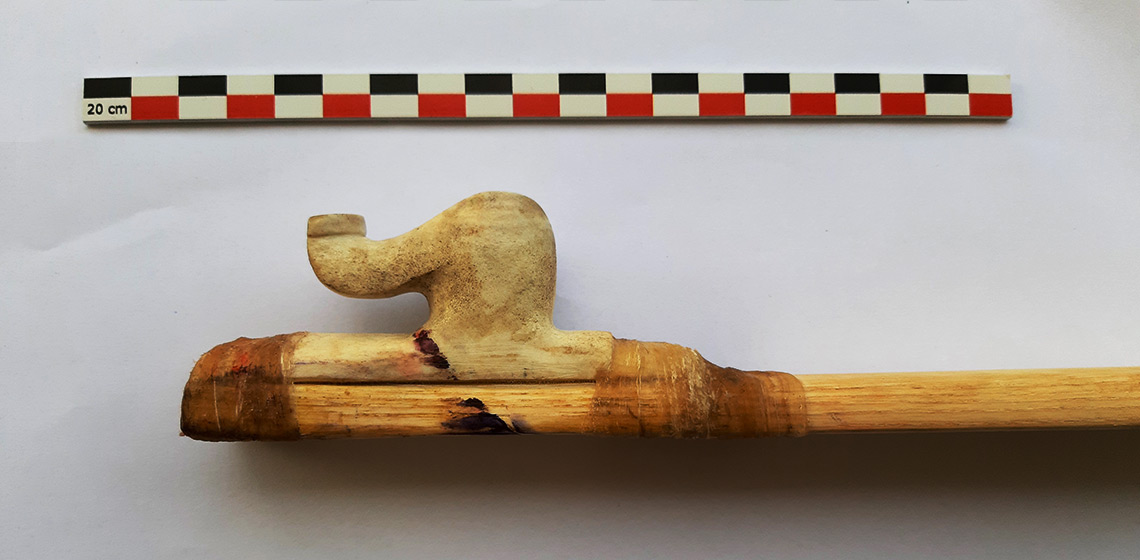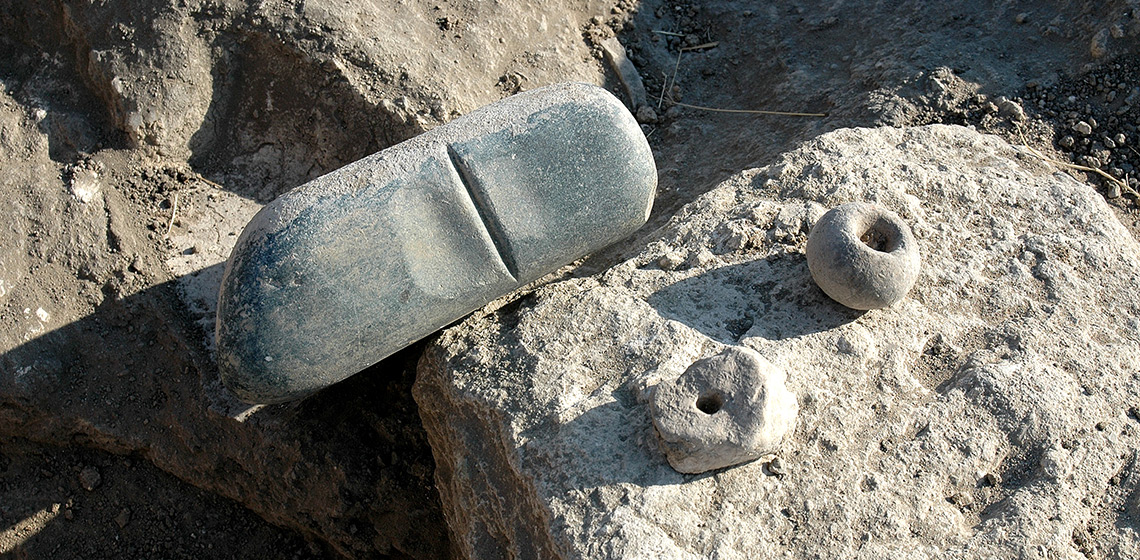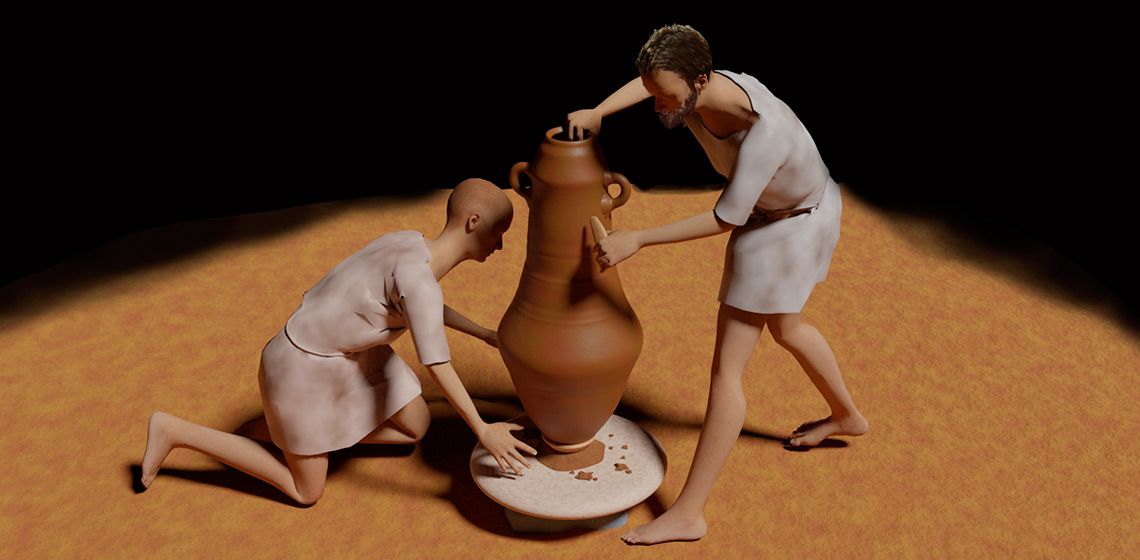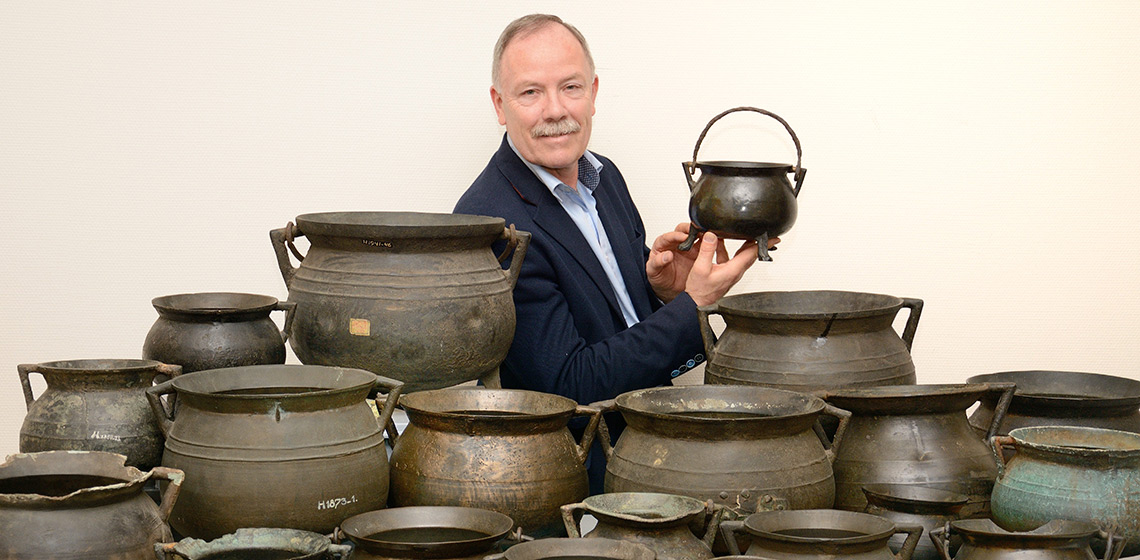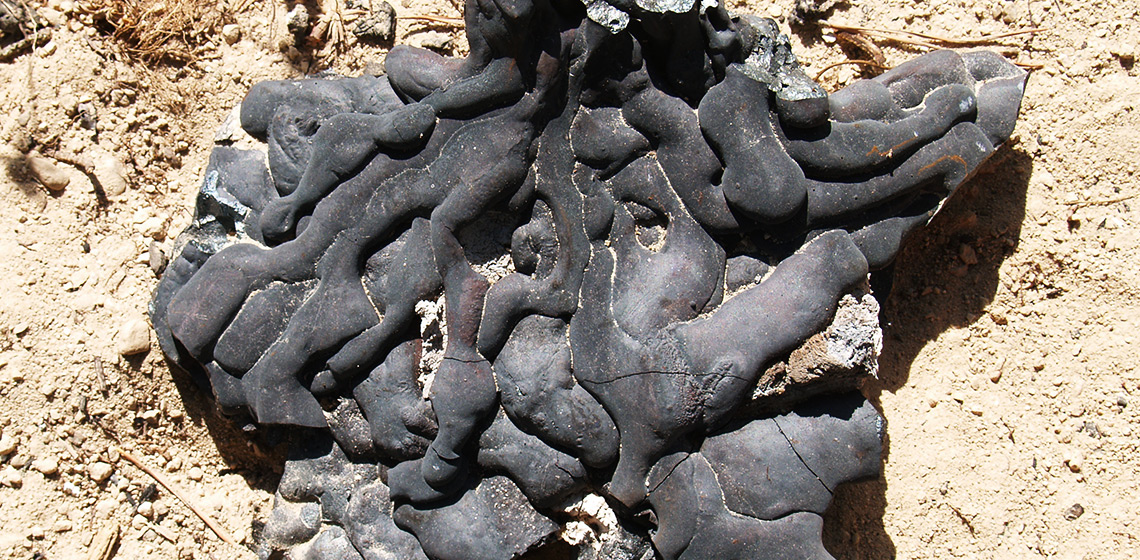Experimental Archaeology
Early Medieval Bone Pipes: Understanding the Sounds of These Instruments through Reconstruction
Introduction
Bone pipes dating from both the early and late medieval period have been found in the archaeological record from across central and Northern Europe such as in: The Netherlands (Tamboer, 2004), Denmark, Sweden (Lund, 1981a), Poland (Poplawska, 1998), Latvia (Urtan, 1970) and Estonia (Oras, 2015) (Tamboer and Rainio, 2020). One of the first comprehensive studies of these instruments as a whole is that by Brade, published in 1975.
An Experimental Study of Lesions Observed in Bog Body Funerary Performances
More Testing of Mesoamerican Lunate Artifacts as Possible Loom Weights, that also Functioned as Twining Tools
Review of the Research
Research conducted over the past century has conclusively demonstrated that textiles played an important role in Mesoamerica, particularly from the Classic period (AD 250-900) through contemporary cultures.
Archaeological Experiment on Reconstruction of the “Compound” Bow of the Sintashta Bronze Age Culture from the Stepnoe Cemetery
***This article presents data from an international experimental study on the reconstruction of the “compound” bow of Sintashta culture of bronze age South Ural, Russia. The project is carried out by a collective of researchers from Greece and Russia as part of the grant program of EXARC - “Twinning program”...
Pyrgos Mavroraki Smelting and Melting Experiments in a Metallurgical Workshop of the Second Millennium BC
Throwing Punic Amphorae: An Archaeological and Experimental Approach to the use of the Potter's Wheel in southern Iberia during the Iron Age
Killing the Cauldron: Experimental Research on Dented Bronze Cauldrons from the (post)Medieval Period
Experimental Roman Minting: Casting Silver-Copper Alloys into a Bronze Mould
***This paper provides the details of a Roman minting experiment, which used a bronze mould to cast debased silver blanks typical of the third century A.D. The investigation follows the paper ''Experiments reproducing Roman debased alloys" (George, 2020) which studied the manufacturing methods used...
Standardized Reporting of Experimental Iron Smelting - A modest (?) Proposal
Background: The State of an Art?
Over the last three decades, bloomery iron smelting has moved from the largely theoretical to the practical. Although there were certainly earlier attempts via experimental process to build workable furnaces, most of these attempts were basically unsuccessful, at least in terms of actual iron production. Early researchers too often undertook (or at least only formally reported on) limited test series (one or two attempts) and many concentrated far too much on slag, not on the production of metallic iron itself.

